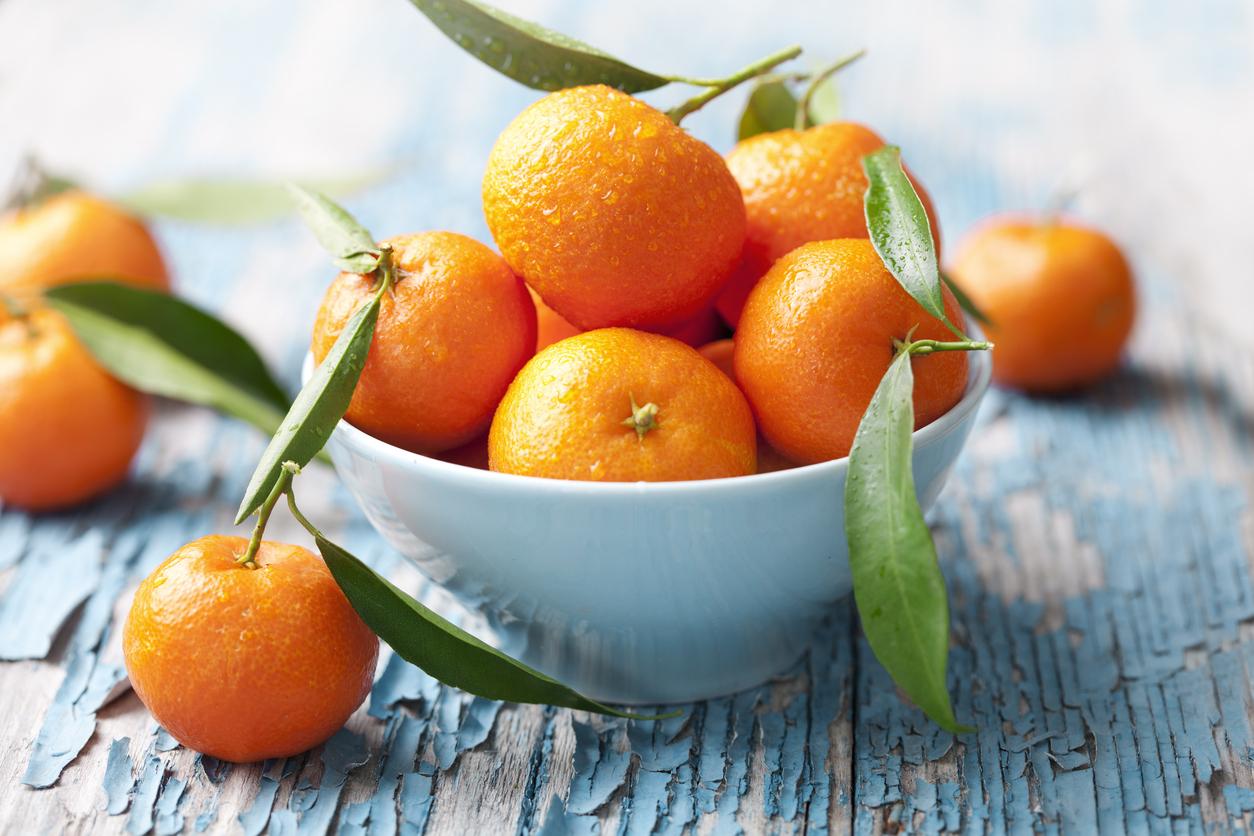Super Nova: New fruit set to become the king of the citrus world
It's been 50 years in the making, and the Super Nova may soon be your new favourite fruit

Your support helps us to tell the story
From reproductive rights to climate change to Big Tech, The Independent is on the ground when the story is developing. Whether it's investigating the financials of Elon Musk's pro-Trump PAC or producing our latest documentary, 'The A Word', which shines a light on the American women fighting for reproductive rights, we know how important it is to parse out the facts from the messaging.
At such a critical moment in US history, we need reporters on the ground. Your donation allows us to keep sending journalists to speak to both sides of the story.
The Independent is trusted by Americans across the entire political spectrum. And unlike many other quality news outlets, we choose not to lock Americans out of our reporting and analysis with paywalls. We believe quality journalism should be available to everyone, paid for by those who can afford it.
Your support makes all the difference.Clementines, mandarins, tangerines, satsumas, oranges, ‘easy-peelers’ - there are a lot of similar citrus fruits around, and most of us don’t know the difference between them.
To add to the confusion, there’s a new fruit on the block: say hello to the Super Nova.
The fruit is particularly attractive because it’s seedless, both sweet and acidic, aromatic and deep orange in colour.
The Super Nova is actually a type of mandarin, but it’s taken 50 years to come to fruition.
In 1966, a citrus-breeder from Orlando called Jack Hearn created the fruit by cross-breeding two sibling mandarin varieties, the Lee and the Nova.
He wanted to learn more about how they were pollinated, and one of the hybrids he created was particularly noteworthy due to its seedlessness.
Unfortunately, however, for some reason the trees didn’t bear any fruit, which was problematic to say the least.
“In 34 years, I’ve seen it yield a good crop exactly once,” says Randall Driggers, a researcher for the US Department of Agriculture (USDA).
22 years later in 1988, Hearn decided to send some young branches of the trees to California to see if they’d have more luck there - whilst the trees did produce a little more fruit, it was only a slight improvement.
In the early 2000s, mandarin-production in California was flourishing. A few growers planted groves of the hybrid fruit - then catchily known as the USDA 88-2, Lee x Nova or Novalee - including LoBue Citrus, who planted 70 acres in 2010.
It’s only now the trees are producing their first decent yields.
It was agreed that the fruit needed a formal name - after all, USDA 88-2 is hardly going to entice you whilst browsing the supermarket aisles.
Robert LoBue, the general manager of LoBue Citrus, eventually settled on Super Nova. The name was, he says, “inspired by the fruit’s bright orange colour and blazing flavour,” according to the LA Times.
Whilst now on the market in the US, it looks like we Brits may have to wait for this citrus fruit of kings to travel across the pond.
Join our commenting forum
Join thought-provoking conversations, follow other Independent readers and see their replies
Comments